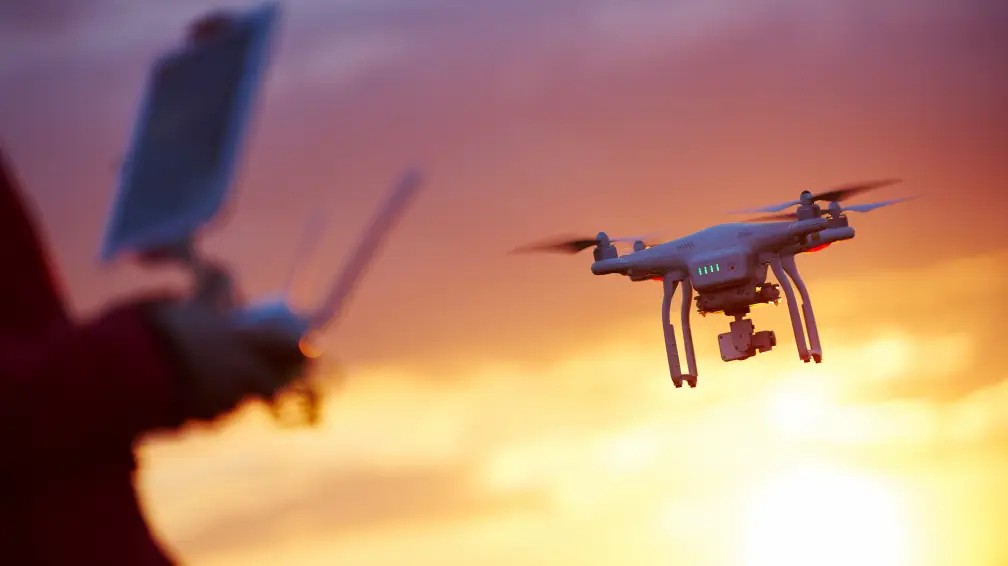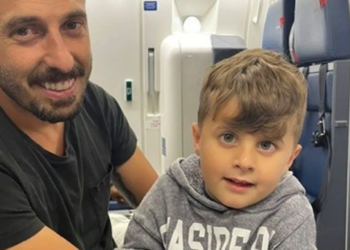
First-ever conviction for drunk-driving a drone
In what is believed to be a first-of-its-kind case, a 55-year-old man in Sweden has been convicted and fined for operating a drone while intoxicated. The incident occurred at a classic car event in Rättvik, a town in central Sweden, where the man was found flying the device in a temporary no-fly zone.
According to a report by The Guardian, police discovered the unauthorized drone when they were monitoring the event with their own drone. Upon tracking down the operator, officers conducted a breathalyzer test, revealing that the man had 0.69 parts alcohol per 1,000 parts blood, well above Sweden’s legal limit of 0.2 parts per 1,000 for operating a vehicle or aircraft.
Stricter alcohol limits in Sweden
Sweden has some of the strictest drink-driving laws in Europe. While the country enforces a 0.2 parts per 1,000 limit, other European nations, such as the UK (0.8), Spain, France, and Belgium (0.5), allow higher thresholds. Meanwhile, Romania and Hungary maintain a zero-tolerance policy.
The man initially admitted to flying the drone but later retracted his statement, claiming that a friend had been operating the device. However, his friend was not present when authorities arrived.
Court rules drone is an ‘aircraft’ under the law
A Swedish district court found the man guilty and imposed a fine of 32,000 SEK ($2,912), to be paid over 80 days in daily installments of 400 SEK ($36.40).
Prosecutor Jenny Holden Nyström told the broadcaster SVT, “I have not seen a case like this before. I am satisfied with the verdict.”
District court president Karin Hellmont emphasized the legal reasoning behind the ruling, stating:
“It is an aircraft. Even though it is flown by itself, it is controlled by someone on the ground and can fall from a high height and injure someone.”
The case is expected to set a legal precedent for similar incidents, as drone regulations continue to evolve in response to growing concerns about public safety and unauthorized aerial activity.





